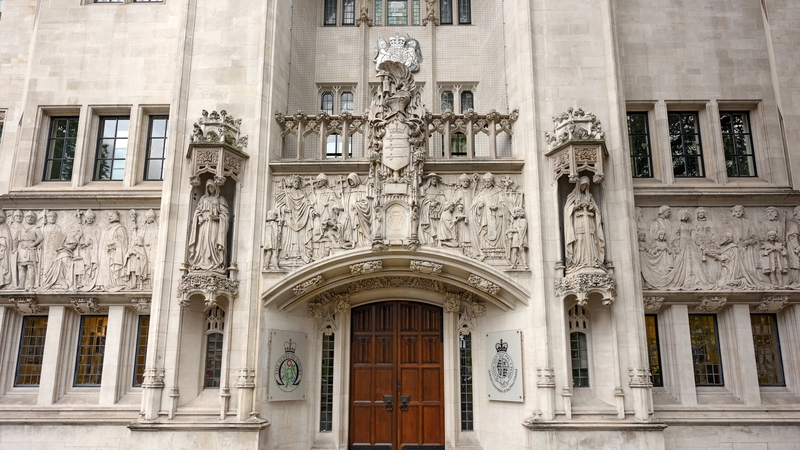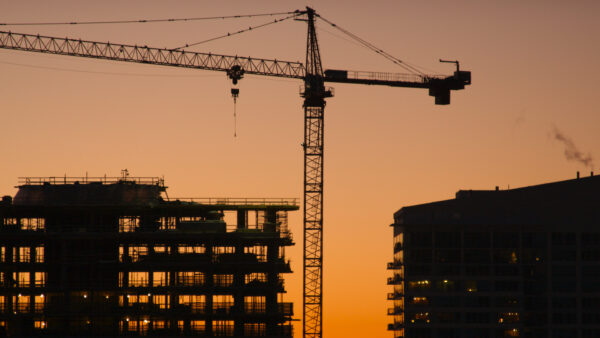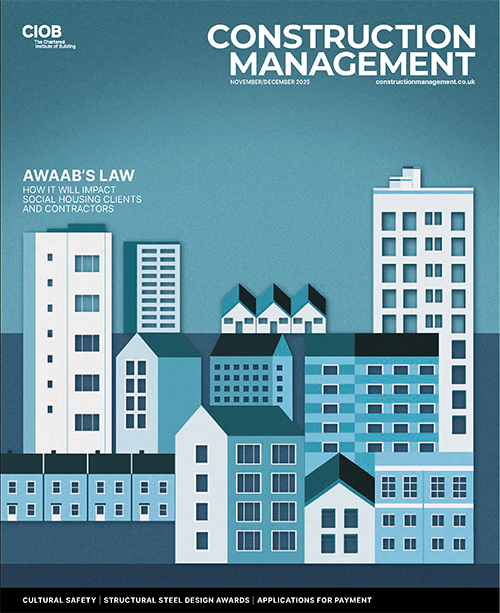
The Supreme Court has upheld a ruling that structural engineers owe “a duty of care” to developers for economic losses arising from negligent building safety design, even after the properties are sold.
In a unanimous judgment, the Supreme Court yesterday (21 May) dismissed an appeal by URS Corporation Ltd (now part of Aecom) and ruled that developers can recover costs for remedial works even where they no longer own the property and no third-party claim has been made against them.
The case related to structural design defects that BDW Trading, the legal entity that operates under the trading names of Barratt Homes and David Wilson Homes, found in two high-rise developments in 2019, both of which were designed by URS.
Although BDW had sold the properties by then, and no owner or occupier had made a claim against URS (claims that would have been time-barred), BDW considered the defects to be dangerous.
BDW carried out remedial works and sought to recover its losses from URS, issuing a negligence claim in court.
In yesterday’s ruling, the Supreme Court dismissed URS’s appeal on four grounds and confirmed that section 135 of the Building Safety Act 2022 applies retrospectively, extending limitation periods for claims under the Defective Premises Act 1972 (DPA) from six to 30 years.
The court rejected URS’s argument that the DPA’s duties are limited to individual purchasers, ruling that developers are owed a “duty of care” under the DPA, even when the developers no longer own a property.
It said: “The fact that there has been no judgment against BDW or admission of liability or settlement between BDW and any of the homeowners, nor even any claim against BDW, does not prevent BDW from claiming contribution from URS.”
A spokesperson for Barratt Redrow said: “We are pleased that in this landmark case, the Supreme Court has dismissed the appeal on all grounds and clarified the responsibility of wider companies for remediating defects in developments they were involved in building.
“Whether remediation is required because of defects in design, supply of inappropriate products or workmanship issues, it is vital that the companies who played a part step up and put things right, as we have done with the developments in this case.”











